
- For PC
- For MAC
- For Linux
- OS: Windows 10 (64 bit)
- Processor: Dual-Core 2.2 GHz
- Memory: 4GB
- Video Card: DirectX 11 level video card: AMD Radeon 77XX / NVIDIA GeForce GTX 660. The minimum supported resolution for the game is 720p.
- Network: Broadband Internet connection
- Hard Drive: 22.1 GB (Minimal client)
- OS: Windows 10/11 (64 bit)
- Processor: Intel Core i5 or Ryzen 5 3600 and better
- Memory: 16 GB and more
- Video Card: DirectX 11 level video card or higher and drivers: Nvidia GeForce 1060 and higher, Radeon RX 570 and higher
- Network: Broadband Internet connection
- Hard Drive: 62.2 GB (Full client)
- OS: Mac OS Big Sur 11.0 or newer
- Processor: Core i5, minimum 2.2GHz (Intel Xeon is not supported)
- Memory: 6 GB
- Video Card: Intel Iris Pro 5200 (Mac), or analog from AMD/Nvidia for Mac. Minimum supported resolution for the game is 720p with Metal support.
- Network: Broadband Internet connection
- Hard Drive: 22.1 GB (Minimal client)
- OS: Mac OS Big Sur 11.0 or newer
- Processor: Core i7 (Intel Xeon is not supported)
- Memory: 8 GB
- Video Card: Radeon Vega II or higher with Metal support.
- Network: Broadband Internet connection
- Hard Drive: 62.2 GB (Full client)
- OS: Most modern 64bit Linux distributions
- Processor: Dual-Core 2.4 GHz
- Memory: 4 GB
- Video Card: NVIDIA 660 with latest proprietary drivers (not older than 6 months) / similar AMD with latest proprietary drivers (not older than 6 months; the minimum supported resolution for the game is 720p) with Vulkan support.
- Network: Broadband Internet connection
- Hard Drive: 22.1 GB (Minimal client)
- OS: Ubuntu 20.04 64bit
- Processor: Intel Core i7
- Memory: 16 GB
- Video Card: NVIDIA 1060 with latest proprietary drivers (not older than 6 months) / similar AMD (Radeon RX 570) with latest proprietary drivers (not older than 6 months) with Vulkan support.
- Network: Broadband Internet connection
- Hard Drive: 62.2 GB (Full client)
The ARL-44 is a post-war heavy tank project, purely intended for French engineers to refresh their knowledge on tank development after the end of the occupation period. Although the tank was developed too late to participate in hostilities, it did fulfill its purpose to serve as a base for future French tank development, giving engineers valuable experience that would be put to good use in the decades to come.
Development of the ARL-44 began shortly after the Liberation of France in 1944. The established provisional government was keen on restoring France’s influence and power to what it used to be before the war. This involved, among other things, the revival of all French military branches. The situation was looking particularly desperate for the army, as most indigenous equipment and tanks were manufactured in the 1930s and the most advanced in use at the time was equipment left behind by the Germans. The French Ministry of War decided to remedy this issue by starting the production of a so called “transitional tank”. This project was intended to bolster the number of indigenous tanks in use with the army, reuse existing tank parts and, most importantly, provide French engineers with a base on which they could “experiment” on to gain valuable experience for future tank development. Thus, in November 1944, the decision was made to design a heavy tank with relatively modest specifications. Staff from several design and manufacturing state companies were assigned to the project and work on what would become the ARL-44 began.
Initially, the new tank was required, apart from using existing tank parts, to have a weight of 30 tonnes, a top armour thickness of 60mm and a primary gun of the 75mm caliber. As the engineers were limited to using existing parts for their new machine, it very quickly became apparent that the amount of innovation that was possible for the new machine was equally limited. Thus, the ARL-44 soon took on the resemblance of a Char B1, with the exception of the turret and gun. The end of the war in 1945 didn’t stop development however, quite the opposite in fact. The design went through several changes, from increasing the armour thickness to the installation of a new engine and the new 90mm French cannon, despite the fact that there was no longer a for such a vehicle. At that point, the further development and subsequent limited production run of the ARL-44 was only used for “propaganda” purposes, with the aim of increasing the morale of the French people in the post-war period. In the end, only 60 ARL-44s were constructed and no sooner than they were introduced into service, they were also decommissioned due to, unsurprisingly, unsatisfactory performance, at the beginning of the 1950s. Despite this, the project did fulfill one of its major goals - generate experience for a new generation of French tank designers. Thanks to experiences gained from projects like the ARL-44, France would build its first true modern MBT only a decade later, serving as proof that the ARL-44 was not in vain after all.
In War Thunder, the ARL-44 will take on its rightful place of a heavy tank at the fourth rank of the new French ground forces research tree. Although its somewhat old-fashioned look may deceive the occasional tanker into thinking that the ARL-44 is a pre-WW2 design and thus inferior to the tank he’s driving, his wrong thinking will quickly reward him with a “Target undamaged” pop up on his screen, followed shortly after by a devastating hit from an unforgiving cannon. Truly, the ARL-44 is a master of deception, but also a fearless warrior at the same time. It owes these qualities on one hand to its powerful 90mm high velocity gun, which is entirely capable of dealing with most threats the ARL-44 will meet in battle and on the other hand, its thick armour protection. Despite sharing some resemblance to his distant cousin, the Char B1, make no mistake, the ARL-44 is protected by a lot more armour. At its thickest, the frontal armour of the vehicle goes up to 120mm on the hull, whilst the turret doesn’t stray far away from that, with 110mm. Interestingly, due to the fact that the turret of the ARL-44 had to be made from cast steel, but no factory was able to manufacture a turret of that shape at the time, French engineers came up with a resourceful solution to address the problem at hand. They reused plates used on the French battleship Dunkerque, which was scuttled in 1942 at Toulon, welded them together and, in turn, formed the turret of the ARL-44.
Whilst the armour and firepower boxes were certainly ticked during the development of the ARL-44, the mobility aspect left something to be desired. A problem that occurred very early on in development was the use of an outdated and complex suspension system as well as tracks from pre-war tanks. These two factors alone, already limited the maximum speed of the ARL-44 to approximately 30 km/h on roads. The chosen engine for the vehicle was also far from ideal. By installing a captured 600 horsepower Maybach HL 230 engine, the vehicle was capable of reaching its top speed, but the lacking power to weight ratio meant that the vehicle’s acceleration was rather lackluster. When using the ARL-44 in battle, tankers will have to keep these things in mind. Planning your tactics in advance and setting yourself up in a good position early on in a game will ensure that you won’t have to rely on mobility, thus effectively eliminating one of your weaknesses for the time being. Nonetheless, changing positions and moving is inevitable in tank battles, so keep this in mind - The ARL-44 can get to its destination, but it certainly won’t break any speed records along the way.
The ARL-44, despite some of its shortcomings, is still a very formidable force to come across on the battlefield . The classical attributes of heavy duty protection coupled with a very powerful gun make it a very attractive competitor to some of the already well-established “top dogs” in the game. The ARL-44 is headed to War Thunder’s battlefields with the upcoming update 1.75 La Résistance!, along with a whole host of other French ground forces. Stay tuned to the news to find out more about the next major update to War Thunder! Until then!
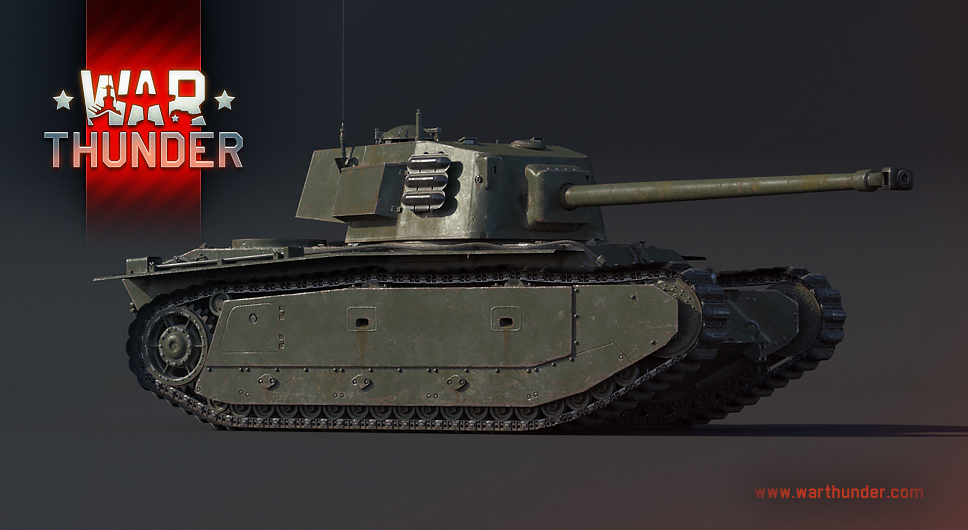
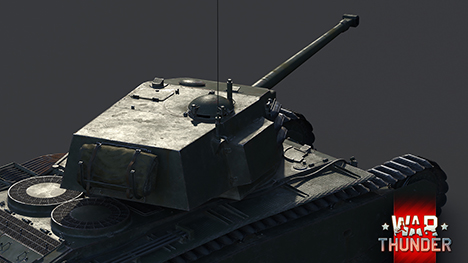
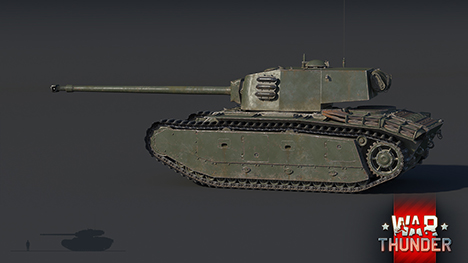
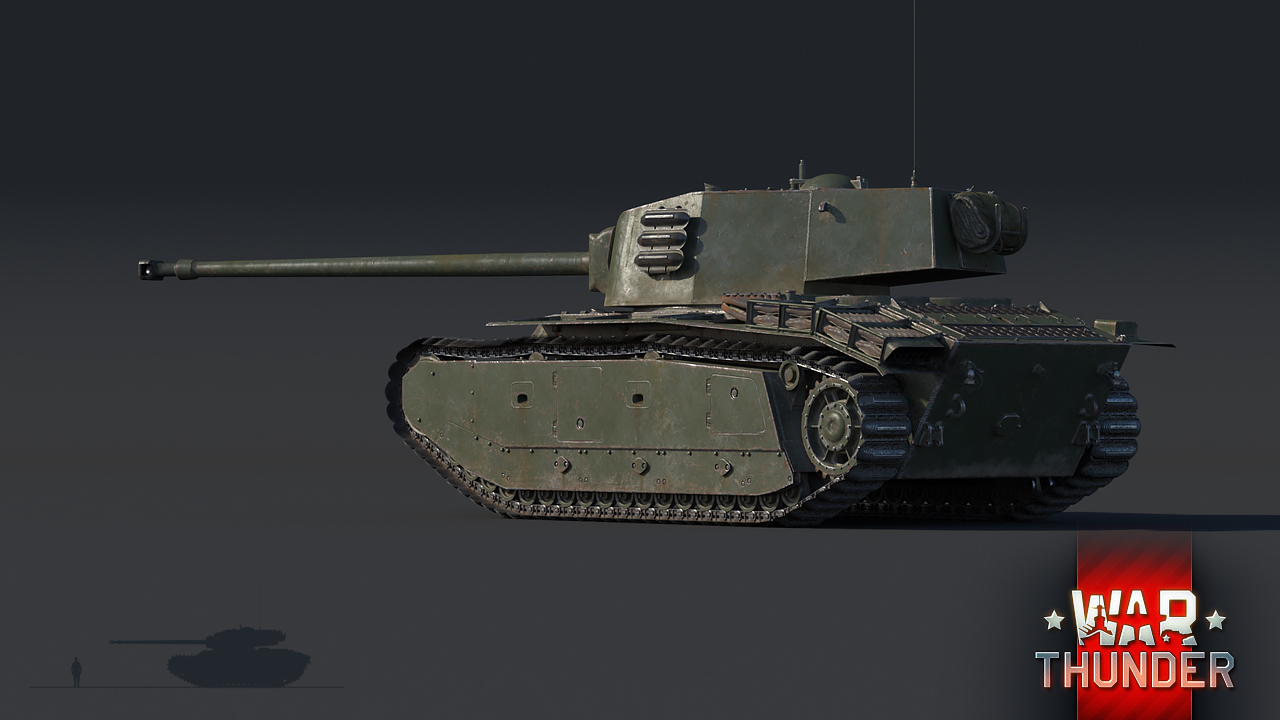
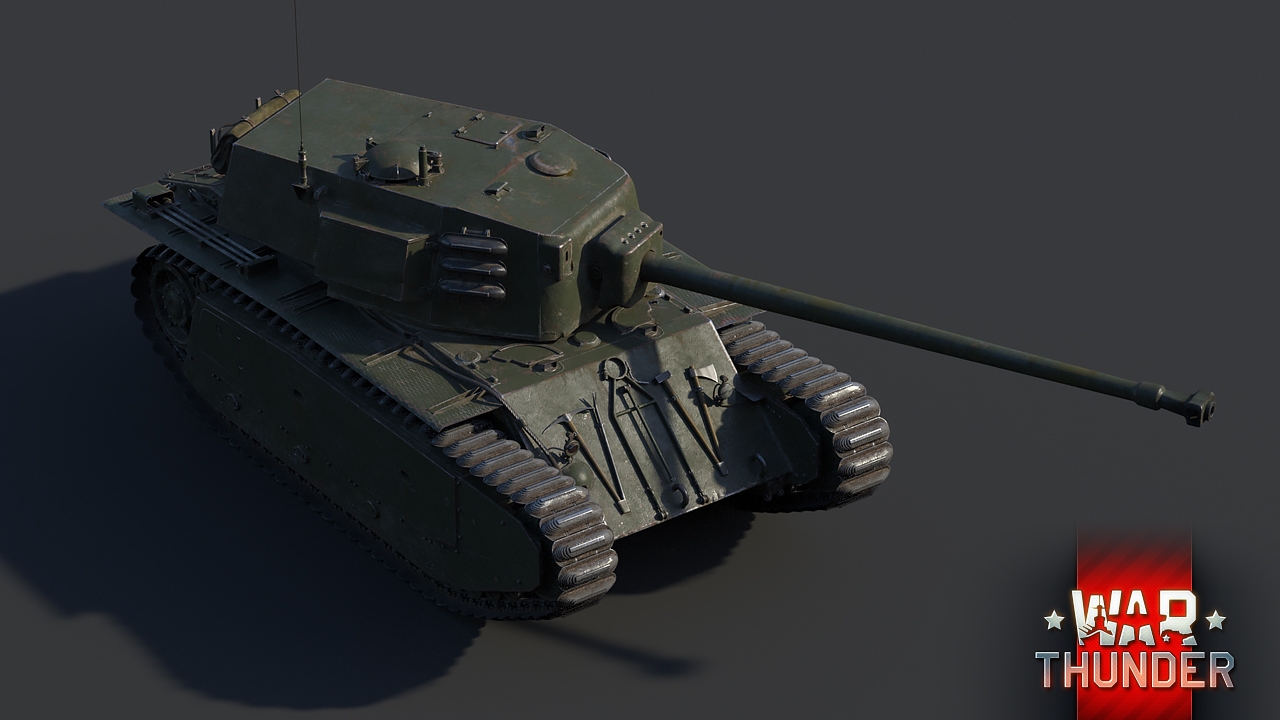
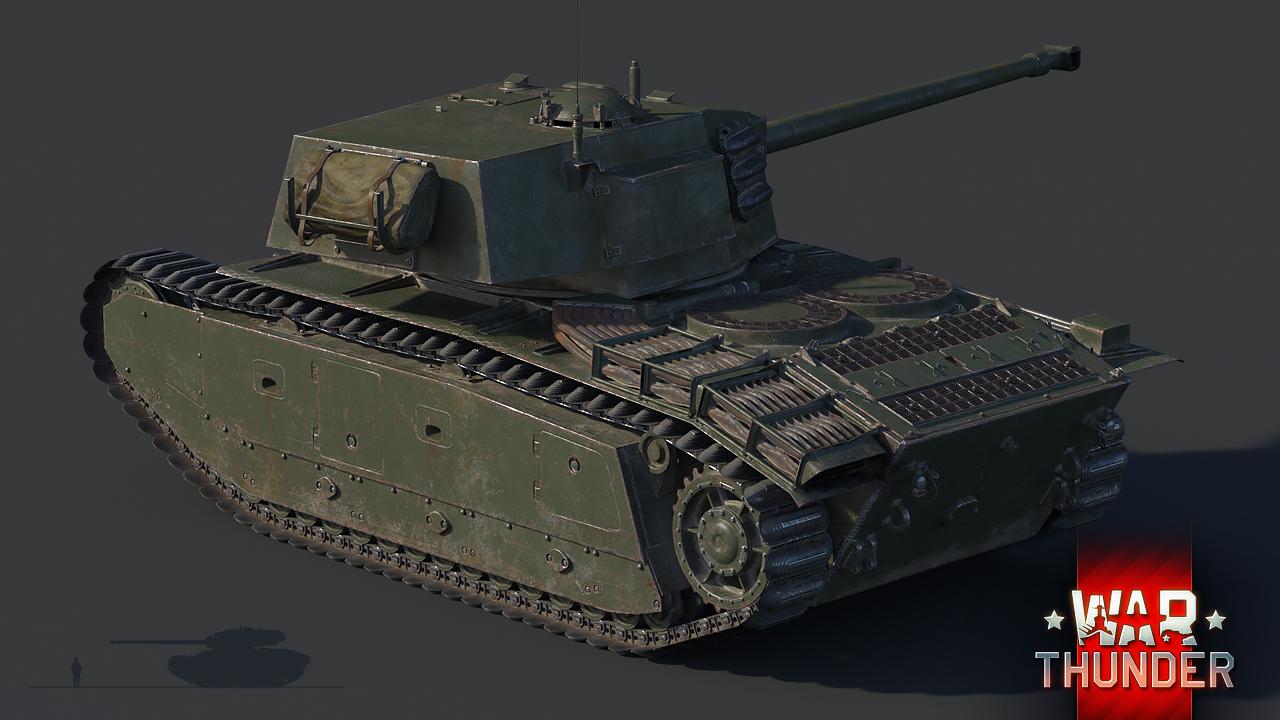

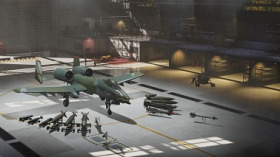
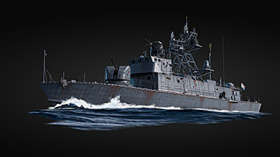
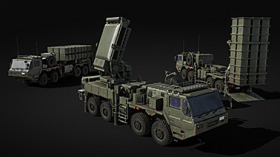
Comments (55)
if its a Heavy tank, why is it in the TD line?
because the type change in 1950 when it enter service, they considered that it was outdated so they reclassed it from heavy tank to tank destroyer cf wikipedia and many other sites like char français (only in french)
"They reused plates used on the French battleship Dunkerque..." That is awesome. Definitely going to be thinking about all my games in Dunkerque on World of Warships when I take this thing into battle. Can't wait to bring it up against Tigers and Panthers alike.
Nice oné!
This tank looks soo cool, im excited to see how this heavy can take some punch :D
Great looking tank!
King Tiger in disguise
can not wait for the french jonny workers and when can we have the christmas hanger
It was rank 3 on the dev server though
it's the prototype with 70mm gun rank 3
*75 mm
Pretty poor disguise. It's quite clearly a downscaled battleship
Fires 90mm HVAPB (High Velocity Armour Piercing Baguette) hon hon hon!
Submit a complaint